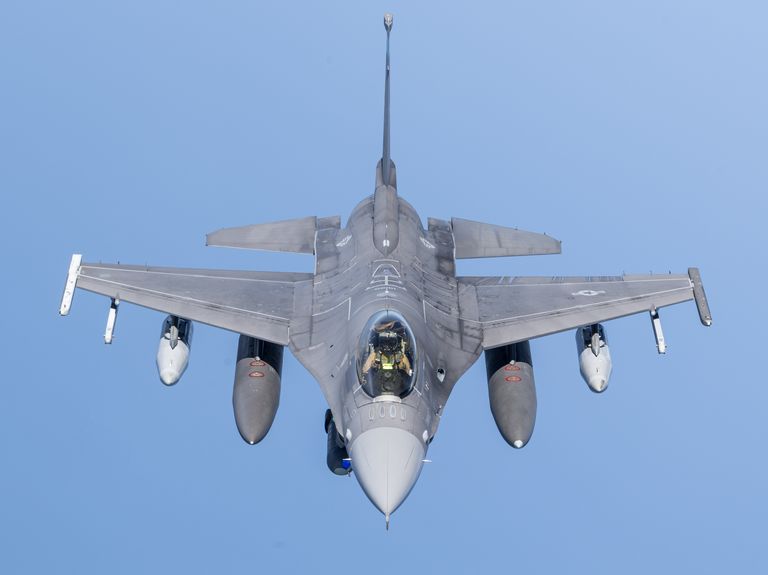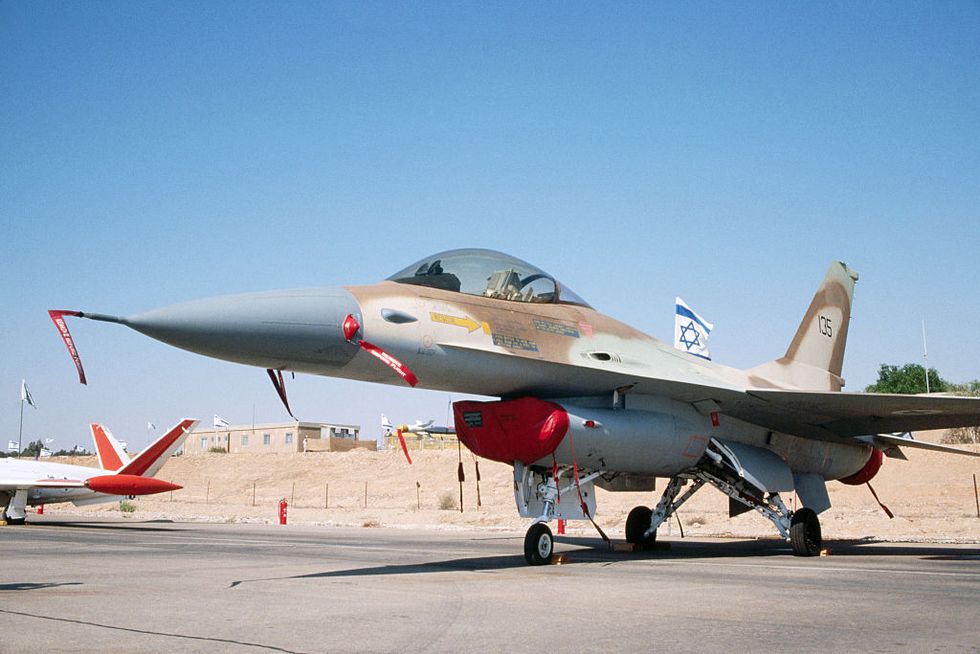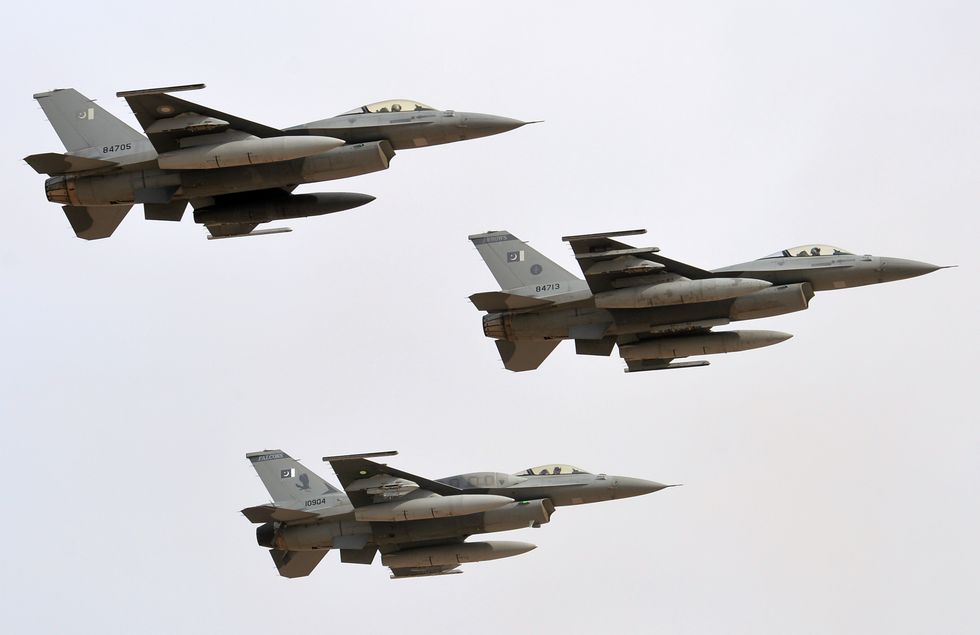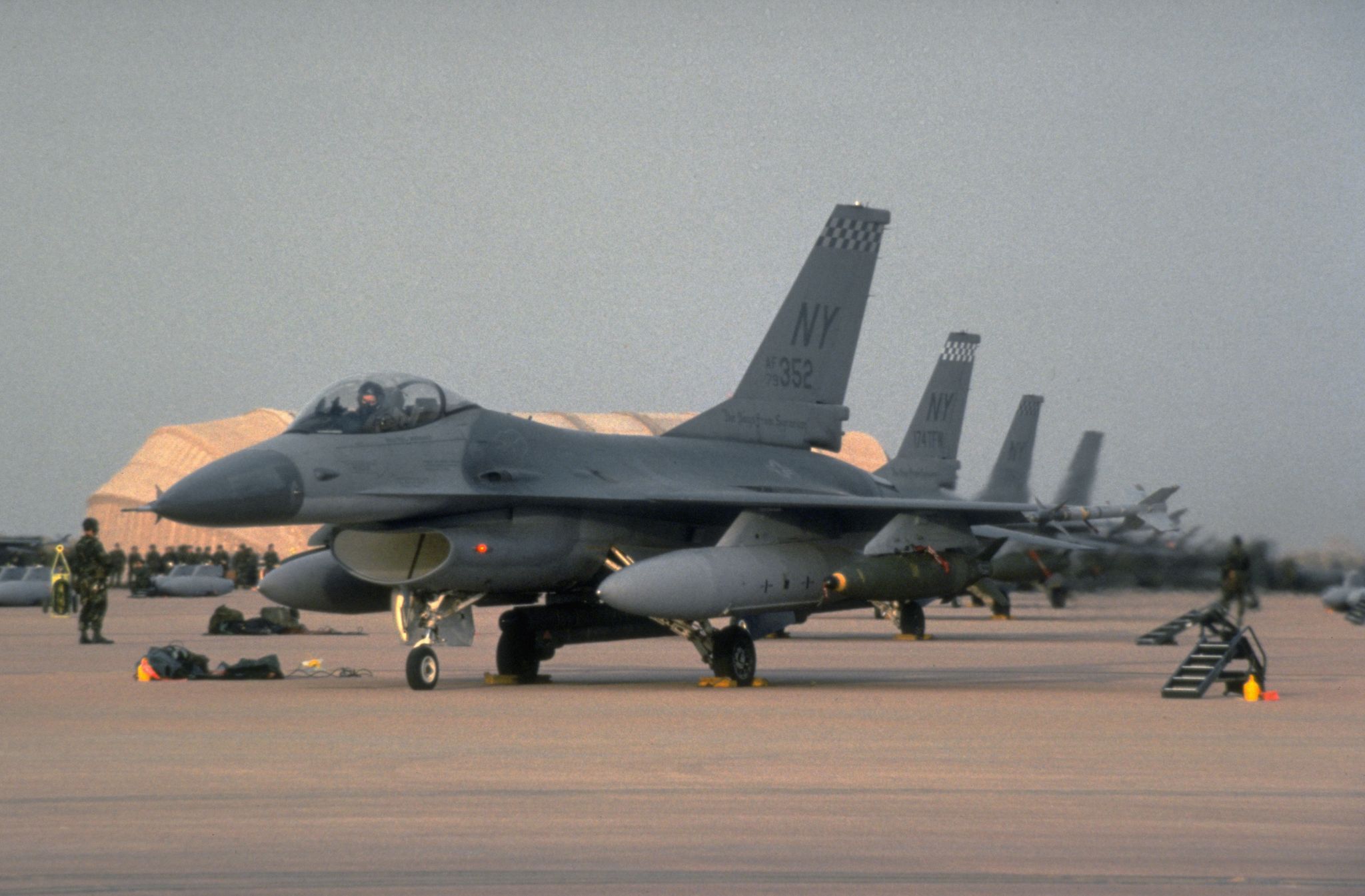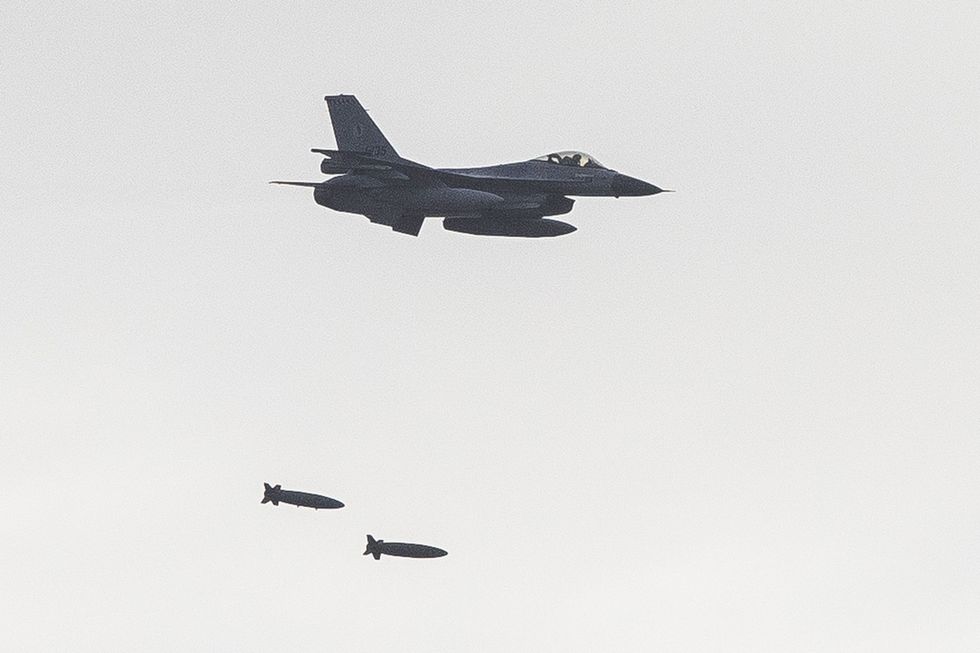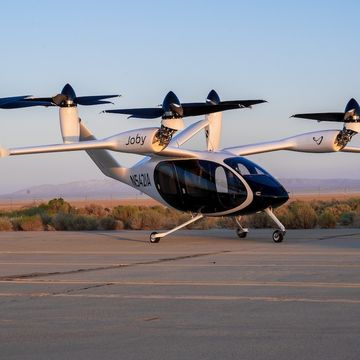- The F-16 Fighting Falcon flew for the first time 50 years ago.
- Its storied career includes a 76–1 air combat record.
- F-16s have struck an Iraqi nuclear plant, the Syrian air force, targets in Yugoslavia, the Iraqi military, and most recently Iran’s Revolutionary Guards Corps.
The F-16 fighter jet is officially 50 years old. The small, agile fighter originally proposed as an inexpensive, lightweight dogfighter enters middle age a bigger, heavier, more capable multi-role fighter—one destined to serve in the air forces of the world until the 2050s and beyond.
Here are some of the more notable moments from the Fighting Falcon’s distinguished, five-decade-long combat career.
Osirak, 1981
In 1981, the Israeli government became convinced that Iraqi dictator Saddam Hussein’s nuclear power plant at Osirak was part of a covert program to develop nuclear weapons. Hussein had already shown aggressive and expansionist ambitions, starting a war in 1980 with neighboring Iran; Hussein was also an avowed enemy of Israel. Israeli officials concluded Hussein could not, under any circumstances, develop the atomic bomb. Ultimately, they initiated Operation Opera, a long-range air strike designed to destroy the bomb before it became operational.
Launched on June 7, 1981, Operation Opera saw eight Israeli Air Force F-16s, escorted by F-15 Eagle air superiority fighters, take off from Etzion Air Base in the Sinai. The strike force flew low through Jordanian and Saudi Arabian airspace undetected, then pressed on to Iraq. Each F-16 carried two 2,000-pound Mk 84 unguided bombs, two AIM-9L Sidewinder air-to-air missiles, and plenty of extra fuel. The Israelis caught Iraqi defenders completely by surprise, blowing a hole in the dome of the reactor with one bomb, and then sailing the remaining bombs through the hole, completely destroying it on the inside. The entire attack took only 80 seconds, and the strike force returned to Israel unscathed. Mission accomplished.
Lebanon 1982
A year later, in 1982, the Israeli military invaded Lebanon. Its goal was the destruction of the Palestine Liberation Organization and Palestinian terror groups based in its northern neighbor. This put the Israeli military in direct combat with the Syrian military, which occupied southern Lebanon.
The invasion triggered an epic brawl between the Israeli Air Force and the Syrian Air Force. Israeli forces, better trained, equipped, and directed thanks to E-2 Hawkeye airborne early warning and control aircraft, trounced the Syrian air force and quickly established air superiority. Within a matter of days, Israeli fighter jets had shot down a total of 85 Syrian aircraft, with no air-to-air losses of their own. Israeli F-16s accounted for 44 of those kills with zero losses.
1980s Pakistan vs. the Soviet Union
The Soviet invasion and occupation of Afghanistan in 1979 put Pakistan on the front line of resistance. A staunch Cold War ally, Pakistan shared a long border with Afghanistan, and was a conduit for weapons for the Afghan resistance, known as the mujahideen. Soviet occupation forces and Afghan air forces routinely operated near the border with Pakistan and occasionally crossed into it.
In response the Pakistani Air Force deployed two squadrons of F-16 fighters to patrol the frontier with Afghanistan. PAF F-16s shot down eight aircraft, including seven ground attack aircraft and one transport aircraft. One Soviet pilot, Alexander Rutskoi, was shot down twice and later became vice president of post-Soviet Russia. No F-16s were shot down by Soviet and Afghan forces, although one was downed by friendly fire from another F-16.
1991 Gulf War
In January 1991, after an extended buildup against Iraqi forces occupying Kuwait, the U.S. coalition unleashed the full force of its aerial armada. Operation Desert Storm, designed to weaken Saddam Hussein’s grip on the country, quickly made short work of the Iraqi air force. The coalition then turned its attention to Iraqi ground forces, attritting the Iraqi Army before the inevitable ground invasion.
The U.S. Air Force deployed 249 F-16s to participate in Desert Storm. F-16s failed to shoot down any Iraqi aircraft, but participated in the campaign against ground forces. The Fighting Falcon racked up nearly 13,500 hours of combat in Kuwait and Iraq, attacking “military production and support and chemical production facilities, and airfields.” F-16s also bombed enemy troop concentrations, tanks, and armored vehicles using Maverick air-to-ground missiles, M61 Vulcan cannon fire, cluster bombs, and unguided bombs. F-16s delivered 21,000 tons of bombs on strategic targets over the course of the war, delivering more firepower than the bomb dropped on Hiroshima. Three F-16s were lost to surface-to-air missiles and anti-aircraft guns.
Syria and Ukraine, 2023 and Beyond
Forty-two years after Osirak, the F-16 is still engaged in combat in the Middle East. On October 5, an incident overshadowed by events two days later, a U.S. F-16 fighter jet shot down a Turkish drone flying over a U.S. base in northeast Syria. On October 27, two USAF F-16s struck two locations hosting Iranian Revolutionary Guards Corps troops and their militias. The airstrikes were in retaliation for a series of strikes against U.S. bases across the region.
At the same time, Ukrainian Air Force pilots are currently training to fly F-16 fighter jets donated by European countries. The F-16s will be the first Western fighter jets in Ukraine’s inventory, and the transfer will put the fighters in direct contact with the Russian Aerospace Force. The first Fighting Falcons and their pilots should be ready for action by “late spring or early summer” 2024, and their missions will likely include counter-air (air-to-air combat), close-air support of ground forces, and shooting down cruise missiles and drones.
The Takeaway
The F-16’s combat record is likely the longest in the history of the fighter jet, with more than four decades of combat missions flown. While the F-16 will gradually phase out of U.S. Air Force service, replaced by the F-35 Lightning II, other air forces will continue to operate it for decades to come. Forty years after first flight, the F-16 is still going strong, and some of its greatest victories might still lay ahead.

Kyle Mizokami is a writer on defense and security issues and has been at Popular Mechanics since 2015. If it involves explosions or projectiles, he's generally in favor of it. Kyle’s articles have appeared at The Daily Beast, U.S. Naval Institute News, The Diplomat, Foreign Policy, Combat Aircraft Monthly, VICE News, and others. He lives in San Francisco.
